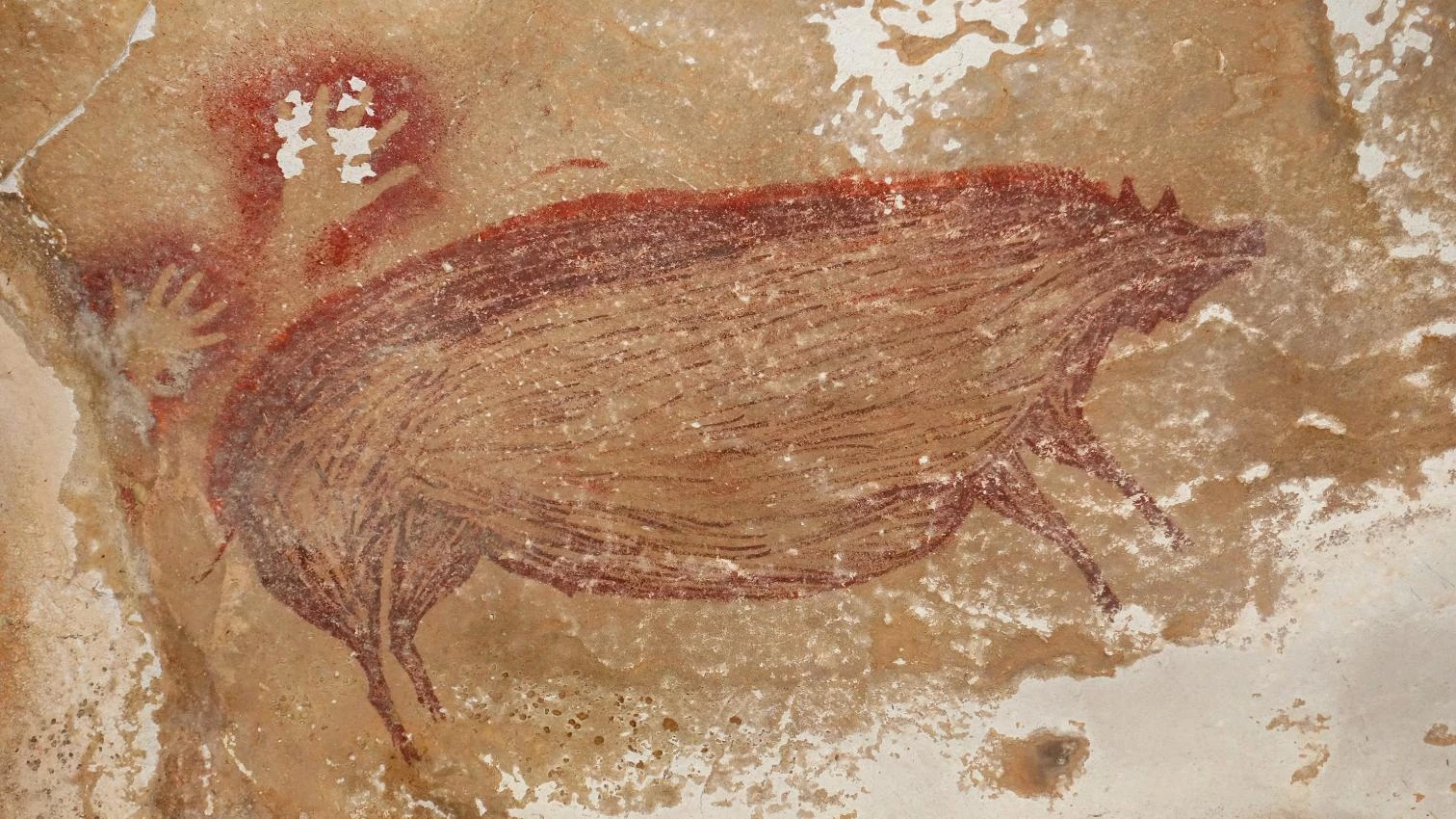
The painting of a wild pig that was recently discovered in an Indonesian cave, believed to have been made 45,500 years ago, pushes back to that time the beginnings of figurative art; the history of art, however, is but a few centuries old. For Christopher Wood, professor at New York University and author of A History of Art History, the historical study of art began in the Lower Middle Ages; and for Éric Michaud, director of studies at the prestigious EHESS in Paris and author of Les invasions barbares, a history of art was not possible until around 1800, when the Barbarian invasions were seen as “the decisive event by which the West had engaged in modernity, that is, in the awareness of its own historicity.” As an academic discipline, the history of art is young, but less so than economics, sociology, or psychology; by way of example, notes Wood, in 1920 there were 18 chairs of art history in German universities, and only one for psychology.
The American professor presents his exhaustive work not only as a history and prehistory of the discipline, but also as a history of “art-historical thinking,” which leads him to take an interest in Adam of Bremen or St. Francis of Assisi, to then move to the Renaissance with chroniclers like Ghiberti or Vasari and on to the 18th century with Winckelmann, Diderot and Piranesi. His ‘biographies of form’ unfold in a strictly chronological way to explain the contributions of Goethe, Ruskin, Viollet-le-Duc and Burckhardt, or the reasons why the discovery of Altamira in 1879 was dismissed as a fraud, impossible to fit into any historical narrative, and its authenticity stayed unacknowledged until the following century. And it was in the dusk of the 19th century and the dawn of the 20th that the great academic historians Riegl, Warburg, Wölfflin or Panofsky come into the picture, trying to reconcile their discipline with the ruptures of modernity.
Architecture is subsumed in art, but figures like Wittkower or Giedion get specific attention, and the evolution reaches our days in the form of the ‘new history of art’ of the 1980s and the current dilemmas of the discipline, no longer politically innocent. Despite the influence of partial studies by Podro, Baxandall or Haskell, and the rich literature on historians like Riegl or Warburg, Wood only mentions as antecedents of his synthetic history those by Schlosser, Venturi, Kultermann, Bazin and Locher, so his useful compendium joins an exclusive club. Michaud’s work, in contrast, is an anthropological approach to the relationship between style and race and the ethnification of contemporary art, with brilliant explorations of the old tactility of the south and the modern opticality of the north: an erudite and engaging journey that complements Wood’s rigorous narrative.







